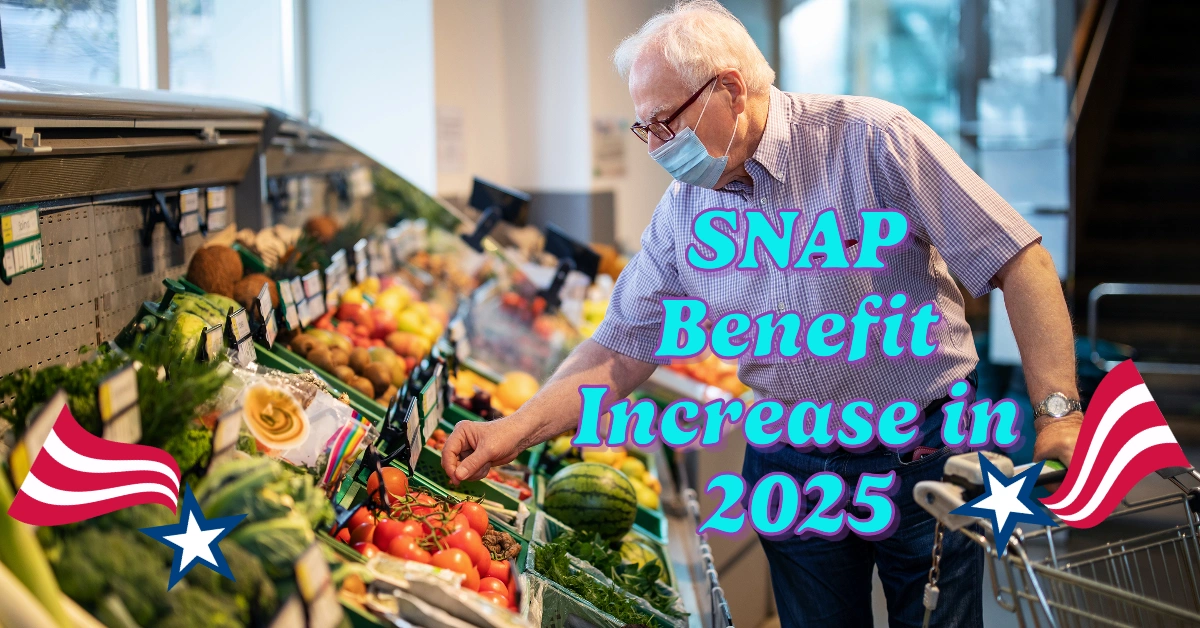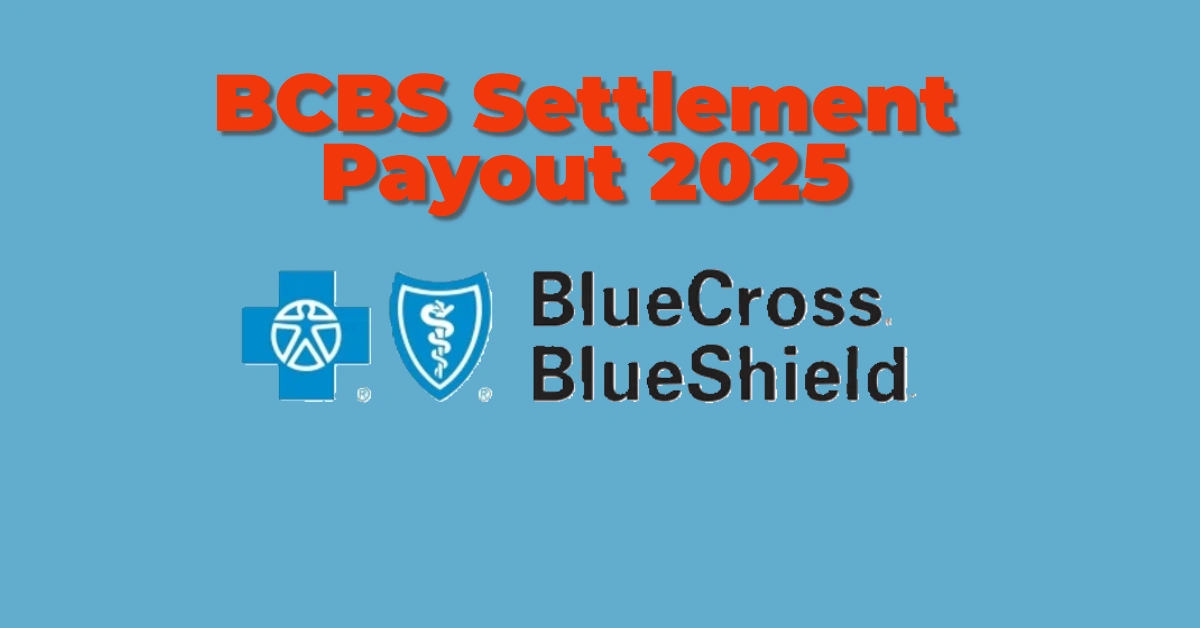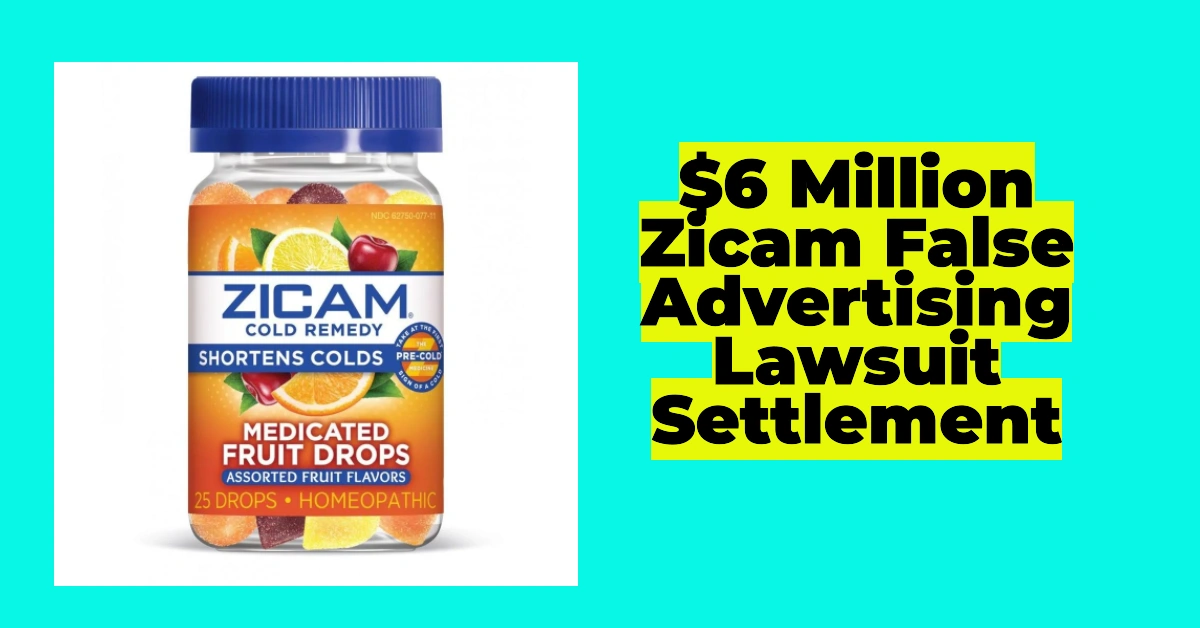During challenging economic times, food assistance programs like the Supplemental Nutrition Assistance Program (SNAP) have become an essential lifeline for millions of families. The introduction of additional Emergency Allotments (EA) has significantly boosted benefits for households with the lowest incomes, directly addressing food insecurity across the United States.
Table of Contents
In this article, we’ll explore the state-by-state impact of these allotments and how they are reshaping food assistance at a national scale.
$292 Per Family Member SNAP Payment: Your Ultimate Guide to SNAP Food Stamps
New $725 California Stimulus Check Announced – Here’s How to Apply and Qualify
How Emergency SNAP Allotments Work
Emergency Allotments aim to increase food security by providing additional funds to SNAP households receiving less than $95 under previous policies. By focusing on the most vulnerable, these allotments ensure critical nutritional support for low-income families.
2025 COLA Increase Broader Impact on Supplemental Security Income (SSI), Payment Dates for 2025
$134 Social Security Checks Approved by SSA – Eligibility, Amounts, and Payment Dates Explained
Nationwide Impact
The EA program has provided a total increase of $1 billion in benefits per month across the U.S., resulting in $6 billion over six months. This infusion of resources has not only reduced food insecurity but also stimulated local economies.
State-by-State Breakdown
Here is the estimated increase in total SNAP benefits due to Emergency Allotments, organized by state:
| State | 1-Month Increase (Millions) | 6-Month Increase (Millions) |
|---|---|---|
| Alabama | $18.2 | $109.3 |
| Alaska | $2.8 | $16.6 |
| Arizona | $20.4 | $122.2 |
| Arkansas | $7.7 | $46.4 |
| California | $119.5 | $717.1 |
| Colorado | $11.4 | $68.5 |
| Connecticut | $11.5 | $69.0 |
| Delaware | $3.0 | $17.7 |
| District of Columbia | $3.2 | $19.0 |
| Florida | $73.7 | $442.2 |
| Georgia | $38.8 | $232.7 |
| Guam | $1.4 | $8.1 |
| Hawaii | $5.6 | $33.7 |
| Idaho | $3.3 | $19.5 |
| Illinois | $50.0 | $299.9 |
| Indiana | $14.6 | $87.8 |
| Iowa | $7.0 | $41.9 |
| Kansas | $4.4 | $26.3 |
| Kentucky | $12.8 | $76.5 |
| Louisiana | $23.1 | $138.5 |
| Maine | $3.4 | $20.5 |
| Maryland | $16.0 | $96.0 |
| Massachusetts | $23.6 | $141.8 |
| Michigan | $30.1 | $180.8 |
| Minnesota | $6.4 | $38.3 |
| Mississippi | $10.3 | $61.8 |
| Missouri | $17.7 | $106.5 |
| Montana | $2.7 | $15.9 |
| Nebraska | $3.9 | $23.2 |
| Nevada | $11.1 | $66.5 |
| New Hampshire | $1.5 | $8.7 |
| New Jersey | $16.3 | $97.6 |
| New Mexico | $10.4 | $62.3 |
| New York | $66.2 | $397.1 |
| North Carolina | $34.0 | $204.1 |
| North Dakota | $1.3 | $8.1 |
| Ohio | $38.4 | $230.7 |
| Oklahoma | $14.5 | $87.0 |
| Oregon | $16.6 | $99.3 |
| Pennsylvania | $47.0 | $282.0 |
| Rhode Island | $4.0 | $23.9 |
| South Carolina | $15.7 | $94.4 |
| South Dakota | $2.3 | $13.7 |
| Tennessee | $23.4 | $140.4 |
| Texas | $81.8 | $490.9 |
| Utah | $4.1 | $24.4 |
| Vermont | $2.0 | $12.2 |
| Virginia | $16.8 | $100.9 |
| Virgin Islands | $0.8 | $4.6 |
| Washington | $24.1 | $144.6 |
| West Virginia | $7.4 | $44.3 |
| Wisconsin | $13.4 | $80.7 |
| Wyoming | $0.6 | $3.8 |
| U.S. Total | $1,000.0 | $6,000.0 |
Key Insights from the Data
- States with Highest SNAP Increases
- California tops the list with $717.1 million over six months, followed by Texas at $490.9 million and New York at $397.1 million.
- States with Smaller Increases
- States like Wyoming ($3.8M), Vermont ($12.2M), and North Dakota ($8.1M) received smaller total increases, reflecting their lower population sizes and SNAP enrollment rates.
- Regional Trends
- The southern states, including Florida and Georgia, showed significant increases, highlighting higher levels of need in these areas.
$725 Monthly Stimulus Payments for Families in the Sacramento Primero Program
What is the Lowest Social Security Retirement Benefit in 2025?
9 States That Will Still Tax Your Social Security Benefits in 2025: What You Need to Know
Economic and Social Impact
1. Immediate Food Security
The EA funds provide immediate relief to families, ensuring access to nutritious food during challenging times.
2. Boost to Local Economies
Grocery stores and local markets see increased activity as SNAP households use these additional funds, stimulating economic growth.
3. Addressing Inequality
By targeting the lowest-income households, the allotments help reduce inequality and support vulnerable communities.
The additional Emergency Allotments under SNAP have proven to be a lifeline for millions of Americans, providing critical financial support and ensuring food security during difficult times. These funds highlight the importance of strengthening food assistance programs to address both immediate needs and long-term challenges in food insecurity.
For more information on SNAP benefits and updates in your state, contact your local SNAP office or visit SNAP.gov.











7 thoughts on “SNAP Benefit Increase in 2025: Amount, Eligibility & Rates”